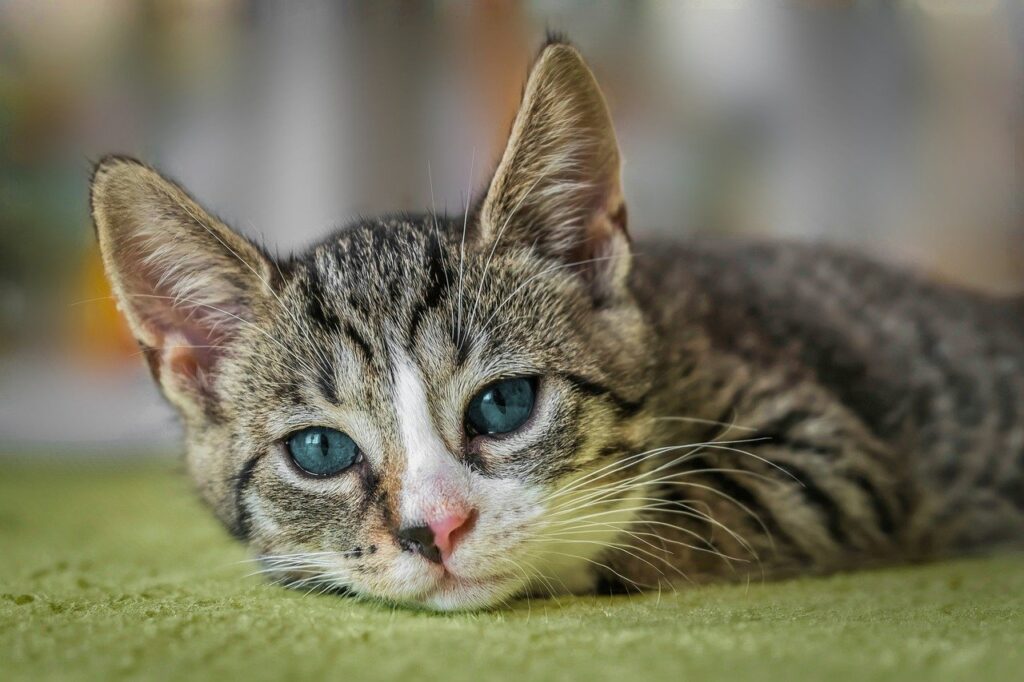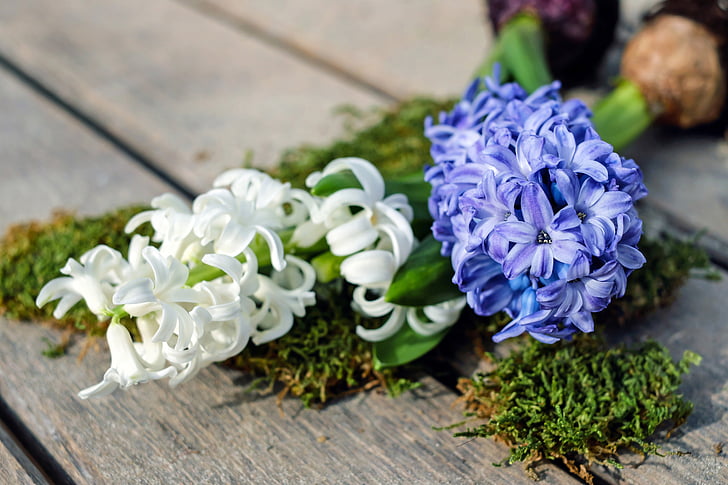There’s something incredibly soothing about the gentle rustle of leaves and the soft hum of garden life. It’s where I find my peace, and surprisingly, so does my 17-year-old cat. Despite his bad thyroid and lack of teeth, he’s as enthusiastic about our garden as I am. It’s our shared slice of paradise, a place where we both slow down and savor the simple joys of life.
A Bond Deepened by Health Challenges
My furry companion has been with me through thick and thin, and his recent health challenges have only deepened our bond. You see, weight fluctuations in pets can be a telltale sign of thyroid disorders, something I’ve learned a lot about lately. The thyroid gland, nestled in the neck, is the body’s ‘furnace,’ regulating metabolism and body functions. It’s fascinating how it adjusts to temperature changes, ramping up when it’s cold and slowing down when it’s hot.
Unfortunately, my cat’s ‘furnace’ is on the fritz, a condition more common in cats than I realized. Hyperthyroidism, where the thyroid is overactive, has turned my once-plump kitty into a thinner version of himself. It’s a stark contrast to hypothyroidism in dogs, where the ‘furnace’ doesn’t run enough. The symptoms in cats, like weight loss despite an increased appetite, hyperactivity, and changes in grooming habits, were my first clues that something was amiss.
Diagnosing and Managing Hyperthyroidism
The culprit behind his condition is usually a benign tumor overproducing the T4 hormone. It’s a common endocrine disease in older cats, and without treatment, it can lead to serious health issues. Thankfully, a simple blood test confirmed the diagnosis, and we began treatment to manage his overactive thyroid. It’s a relief to know that with the right care, cats with this condition can continue to enjoy their lives.
Treatment Options
1. Medication: Anti-thyroid medications like methimazole help control the overproduction of thyroid hormones.
2. Radioactive Iodine Therapy: This treatment targets and destroys overactive thyroid tissue.
3. Surgery: In some cases, the removal of the thyroid gland may be necessary.
4. Dietary Changes: Prescription diets specifically designed for hyperthyroid cats can help manage the condition.
Cooperative Care: The Role of Pet Owners and Veterinarians
Caring for a senior cat like mine is a cooperative effort between pet owners and veterinarians. We’re responsible for providing a stress-free and fulfilling home environment, while vets handle the medical side of things. Regular check-ups are crucial, especially since cats age more rapidly than we do. By the time they reach 12 years, they’re considered seniors, and by 15, they’re geriatric. It’s a sobering thought, considering the playful kitten he once was.
Monitoring and Adjustments
Regular vet visits allow for:
– Monitoring thyroid hormone levels
– Adjusting medication dosages
– Checking for other age-related conditions
Understanding Aging in Cats
Aging in cats brings about changes similar to those in humans: thinner skin, brittle nails, and a duller coat. Weight gain may occur in middle age, followed by weight loss in the geriatric stage. Muscle mass gradually decreases, and senses of smell and hearing may diminish. It’s a natural process, but one that requires our close attention and care.

Common Age-Related Diseases
1. Dental Disease: Regular dental check-ups and cleanings are crucial.
2. Chronic Kidney Disease: Monitoring kidney function and adjusting diet as needed.
3. Hypertension: Regular blood pressure checks.
4. Diabetes Mellitus: Watching for symptoms like increased thirst and urination.
5. Arthritis: Providing joint supplements and comfortable bedding.
Optimal Nutrition for Senior Cats
One of the best things we can do for our aging feline friends is to provide them with optimal nutrition. Senior formulas, designed with fewer calories and extra fiber, vitamins, and fatty acids, cater to their changing dietary needs. Supplements containing enzymes, probiotics, and antioxidants can also be beneficial, supporting gastrointestinal health and bolstering the immune system.
Tailored Diet
– Senior Cat Food: Formulated to meet the nutritional needs of older cats.
– High-Quality Protein: To maintain muscle mass.
– Omega-3 Fatty Acids: For joint health and a shiny coat.
– Antioxidants: To support the immune system.
Grooming and Comfort
Grooming becomes more challenging for older cats, so it’s up to us to help them maintain their appearance. Regular brushing prevents matting, and keeping their claws trimmed is essential. Gentle play and comfortable sleeping spots are important for their well-being, as is limiting stressors like extreme temperatures or new pets.
Creating a Comfortable Environment
– Soft Bedding: To ease joint pain.
– Accessible Food and Water: Placed where the cat can easily reach.
– Quiet Spaces: Away from household commotion.
– Consistent Routine: To reduce stress.
Embracing the Golden Years
As my cat and I enjoy our garden, I’m reminded of the importance of being vigilant and proactive about his health. It’s about making his golden years as comfortable and joyful as possible. From ensuring easy access to food and water to providing soft places for him to rest, every little adjustment makes a difference.
Enhancing Quality of Life
– Interactive Play: To keep him mentally and physically active.
– Routine Veterinary Care: Regular check-ups to catch any issues early.
– Love and Attention: Ensuring he knows he’s cherished.
It’s not just about managing a thyroid condition or dealing with the effects of aging. It’s about cherishing the unique bond we share with our pets. It’s about the quiet moments in the garden, where my cat, despite his health issues, can bask in the sun and watch the world go by with contented, half-closed eyes. It’s about love, patience, and the unwavering companionship that only a pet can provide. And as we both grow older, I find that these moments are what life is truly about.
Related posts:
Thyroid Disorders in Your Pet – Treatment for Dogs and Cats
Hyperthyroidism is Increasingly Common Among Older Cats – The Animal Health Foundation
Thyroid Cancer in Cats





